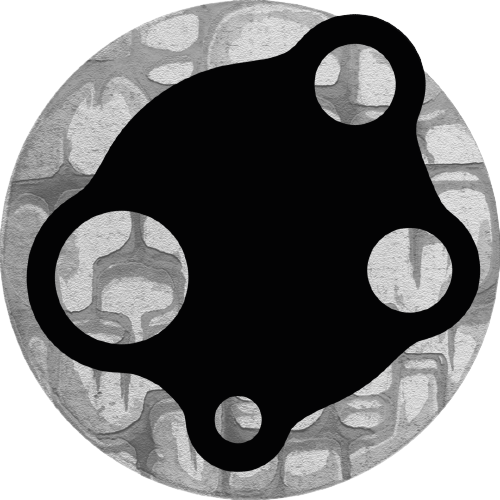Visualizing the Virus is an interdisciplinary digital project through which one can visualize and understand the Coronavirus pandemic from a variety of perspectives. It aims to center the inequalities the pandemic makes visible.
Gaps between the humanities, social sciences and natural sciences are hard to bridge. This means that pandemics are often studied without considering their many interconnected histories. Visualizing the Virus connects insights from different disciplines to create a collective digital space for exactly such a convergence.
We are not only interested in the ways in which scientists, artists and people in their everyday lives have made the virus visible; but also in processes, historical and contemporary, that the viruses make visible – inequalities, be it of access to resources and healthcare, vaccine imperialism, xenophobia, gender inequalities, and so on.
Conceptualized by an art historian with research interests in the history of science and society, the project takes a unique approach to understanding viruses. We use visualizing as a verb to mobilize a method. To visualize is the first revolutionary step towards action in a world where much of life and its politics is invisible. Visualizing the Virus teaches us to look differently.
Twitter @making_vvisibleInstagram @making_vvisible
Team
Sria Chatterjee (Founder And Project Lead), Ellen Ambrosone (Assistant Project Lead), Gabriela Aquije Zegarra (Project Manager), Valquirya Borba (Assistant Project Manager).
Full Team and a list of the Advisory board can be found here.
Partners
Princeton Center for Digital Humanities is a project partner. In addition, we have a wide network of collaborators and are particularly grateful to the Max-Planck Kunsthistorisches Institute, the University of Global Health Equity in Rwanda, the Department of History at Princeton University and PACE Center for Civic Engagement at Princeton for their collaborations.
The project was made possible by a grant from DARIAH EU to Dr Sria Chatterjee and support from the Institute of Experimental Design and Media Cultures, FHNW and Princeton University.
